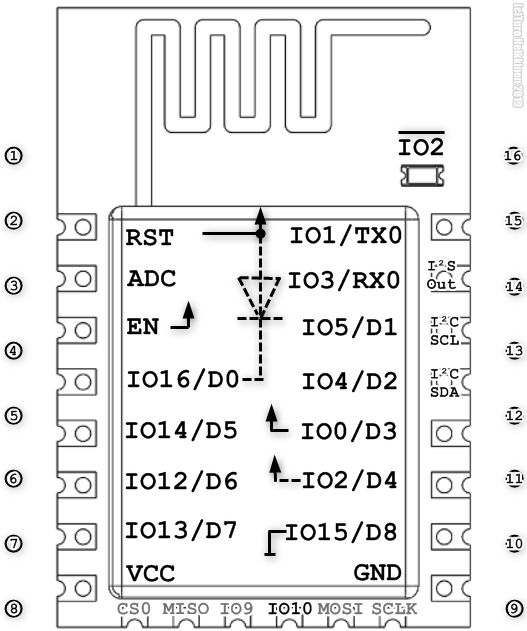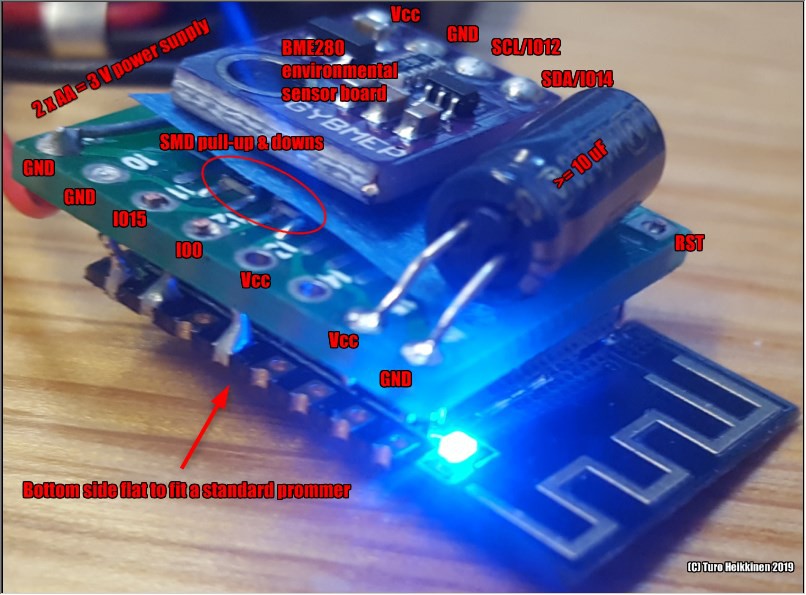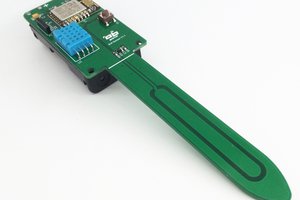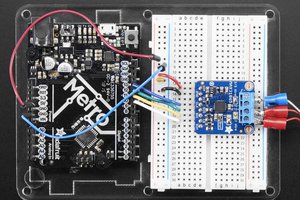Note: If code pasted from the "instructions" complains about strange characters, copy first to some plain text editor, remove those strange characters, which are hopefully visible there, and then copy&paste from there. Hackaday has the automatic feature to add random invisible characters to keep the reader awake. To keep the writer awake, sections of text or pictures might automatically disappear when saving edits.
List of current "instructions"
Page 1 - General
1. ESP 8266 pin uses and restrictions
2. Serial communication
3. Network connectivity - TCP/IP and HTTP
4. Thingspeak
5. Writing float to character buffer
6. GPIO & timer interrupts, deep sleep
7. Persistent variable storage - EEPROM, RTC, SPIFFS
8. 74HC4051 Multiplexer
9. MCP4725 I²C DAC
10. Analog to Digital Converter (ADC)
Page 2 - Temperature etc sensors
11. TMP36 analog temperature sensor
12. DS18B20 one-wire temperature sensor
13. DHTxx temperature / humidity sensor (AKA AM23xx)
14. BMP280 / BME280 I²C air pressure, temperature and humidity (BME) sensor.
15. MLX90614 I²C infrared temperature sensor
16. Dew point calculation
17. BH1750FVI I²C light intensity sensor
18. HC-SR04 ultrasonic distance sensor
19. VL53L0x I²C laser Time of Flight distance sensor
Page 3 - Displays
21. 0.96" / 1,3" I²C OLED displays
22. 0.96 / 1.3" SPI OLED displays
23. SPI LCD displays
24. WaveShare SPI 2.9" e-Paper
25. WS2811, WS2812, WS2812B, WS2813 individually addressable LEDs (no snippets so far)
 Turo Heikkinen
Turo Heikkinen






 yancan
yancan


could you put that onto some repository?.I am very confused.
<a href="https://doramasmp4.win/">https://doramasmp4.win/</a>